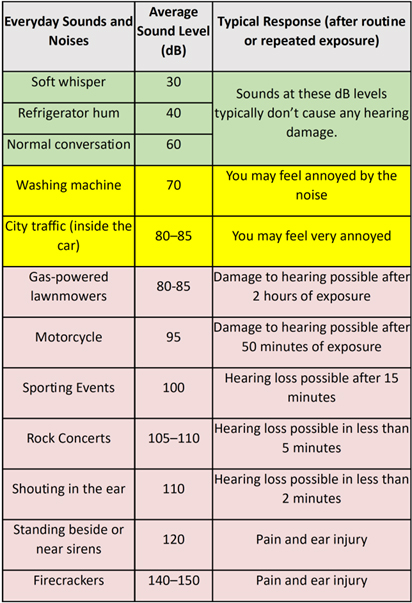Learn about IEQ and three important things to know
Learn about WELL, acoustics and VOCs as they relate to indoor environmental quality (IEQ)
IEQ insights
- Indoor environmental quality (IEQ) encompasses conditions within a building, including indoor air quality (IAQ), access to daylight, acoustic conditions and occupant control over lighting and thermal comfort.
- The WELL Building Standard, a performance-based system, measures features impacting human health, such as water, nourishment, movement, materials and mental well-being.
- Considerations for noise reduction, thermal comfort, lighting control and building materials are crucial for improving IEQ, as well as adherence to standards like OSHA-1910.95 and ANSI S12.60 for noise exposure and acoustical design in workplaces and schools.
What is indoor environmental quality (IEQ)? IEQ is most simply described as the conditions inside the building, which also includes indoor air quality (IAQ) and it also includes access to daylight and views, acoustic conditions, occupant control over lighting and thermal comfort.
While watching the webcast HVAC: IAQ and IEQ is a much more complete overview, reviewing this transcript of the presentation helps define the topic better. It has been edited for length and clarity.
This information was presented by Garett Karalus, PE, CCP, Director of Engineering/Lead Commissioning Agent, IEA Inc., Brooklyn Park, Minnesota.
The WELL Building Standard is a performance-based system for measuring and certifying and monitoring features of the built environment that impact human health and well-being. And they also include 10 total concepts, which also includes water and nourishment, movement, materials, mind and community.
Noise and acoustics are an important part of the indoor environment. Obviously, distractions from noises and conversations can cause decreased productivity, especially in workplaces. And adjustments to buildings to improve acoustics by adding materials for partitions and adding background noises to bolster the sound privacy can all improve the noise and acoustics and IEQ within workplaces.
Some noise standards that I’ve dealt with in my line of work, the OSHA-1910.95, Occupational Noise Exposure Standard where employers are required to implement a hearing conservation program when noise exposure is at or above 85 decibels, average of eight working hours.
Figure 2 shows some different average sound levels for some everyday sounds just to give an idea of what that 85 decibels essentially relates to. And kind of the purpose is not only to have the employers protect their employees from noise exposure, but also to inform employees and make sure they’re aware of the health impacts of it.
And then another design standard is ANSI S12.60 Acoustical Performance Criteria, Design Requirements and Guidelines For Schools, which is an acoustical design criterion for schools, which primarily looks at the background heating, ventilation and air conditioning (HVAC) noise and also the reverberation times primarily in teaching situations in classrooms and other teaching environments, as those things can significantly impact speech intelligibility for the learning environment.

Different sounds and noises affect indoor environmental quality (IEQ). Courtesy: Consulting-Specifying Engineer
Thermal comfort and lighting control are also very important for the indoor environment. Studies also show that thermal comfort satisfaction leads to increased workplace productivity. If you’re extremely cold or extremely hot, you’re probably not going to be able to be as focused on the task at hand. There are some general guidelines for thermal comfort as it relates to just the temperature, but also having separate control for different areas of an office or different offices can also be very important as not every person has the same idea of what’s cold and what’s hot.
Just having that flexibility for occupants is just going to increase or improve the total number of occupants that are satisfied with the indoor environment as it relates to the thermal conditions. Building materials contain many compounds that are known to endanger human health, where some older buildings might still contain lead and asbestos and other hazardous materials. Those obviously need to be dealt with very carefully and the proper precautions need to be taken for any sort of construction when you are working with some of those materials.
But then there are also volatile organic compounds (VOCs) that are common in more common materials like insulation, paint and other adhesives and those can also impact IAQ.
To cover some of the WELL Building Standard concepts that are more administrative in practice:
-
Water and nourishment, access to quality drinking water, fruits, vegetables, whole grains and nonsugary beverages for any workplaces that have noncommercial dining options.
-
Movement is for the promotion of activity and an active lifestyle. This includes promoting use of stairs instead of escalators and elevators, promoting bike storage within workplaces and access to fitness centers and fitness programs.
-
Equitable mental health services and inclusive hiring practices, affordable health care and health promotion programs.
Do you have experience and expertise with the topics mentioned in this content? You should consider contributing to our CFE Media editorial team and getting the recognition you and your company deserve. Click here to start this process.

